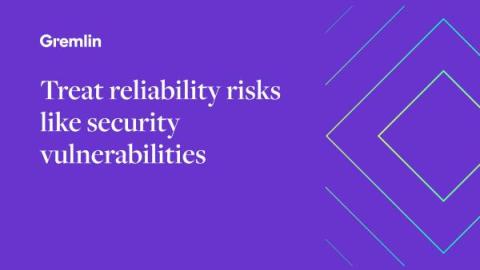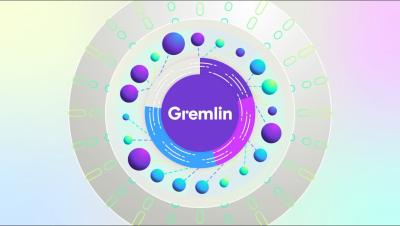Operations | Monitoring | ITSM | DevOps | Cloud
Chaos Engineering
Release Roundup Dec 2023: Driving reliability standards (and much more)
Failure Flags helps build testable, reliable software-without touching infrastructure
Monitor your chaos engineering experiments with Steadybit's offering in the Datadog Marketplace
Steadybit is a software reliability platform that uses chaos engineering and fault injection to help organizations improve the stability and performance of their applications. By allowing customers to simulate turbulent scenarios in a controlled environment, Steadybit enables you to identify and mitigate potential system issues to reduce downtime and improve resilience.
Introducing Custom Reliability Test Suites, Scoring and Dashboards
Treat reliability risks like security vulnerabilities by scanning and testing for them
Finding, prioritizing, and mitigating security vulnerabilities is an essential part of running software. We’ve all recognized that vulnerabilities exist and that new ones are introduced on a regular basis, so we make sure that we check for and remediate them on a regular basis. Even if the code passed all the security checks before being deployed, you still perform regular security tests to make sure everything’s secure.
Building a Culture of Reliability: Why SREs Can't Do It Alone
How to fix and prevent ImagePullBackOff events in Kubernetes
You'll often hear the term "containers" used to refer to the entire landscape of self-contained software packages: this includes tools like Docker and Kubernetes, platforms like Amazon Elastic Container Service (ECS), and even the process of building these packages. But there's an even more important layer that often gets overlooked, and that's container images.
How to fix and prevent CrashLoopBackOff events in Kubernetes
It's one of the most dreaded words among Kubernetes users. Regardless of your software engineering skill or seniority level, chances are you've seen it at least once. There are a quarter of a million articles on the subject, and countless developer hours have been spent troubleshooting and fixing it. We're talking, of course, about CrashLoopBackOff.










